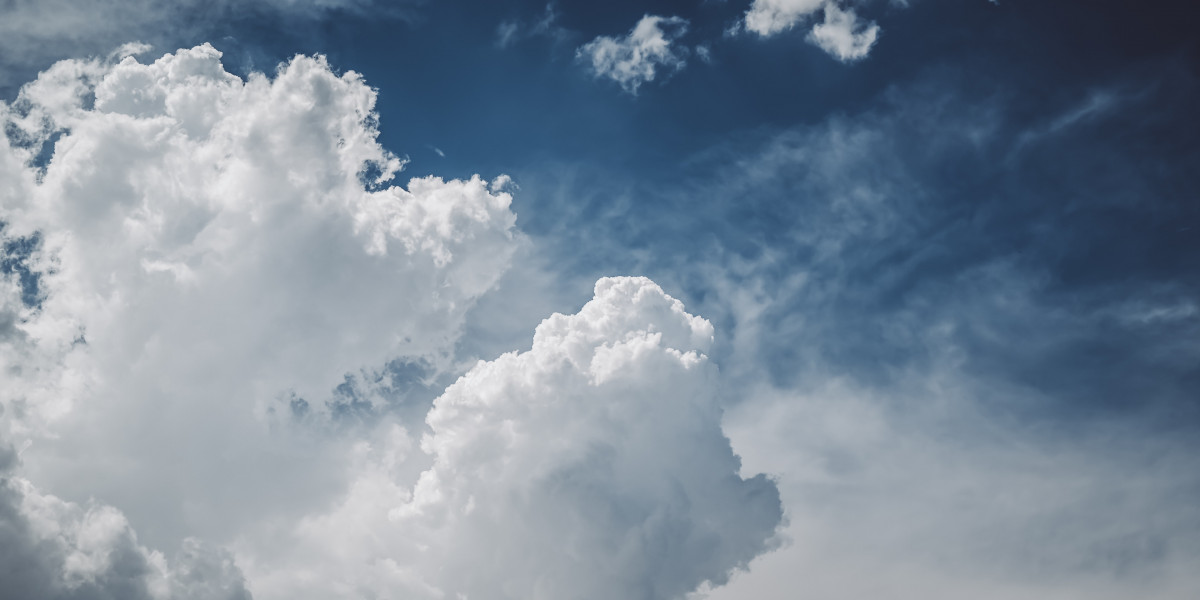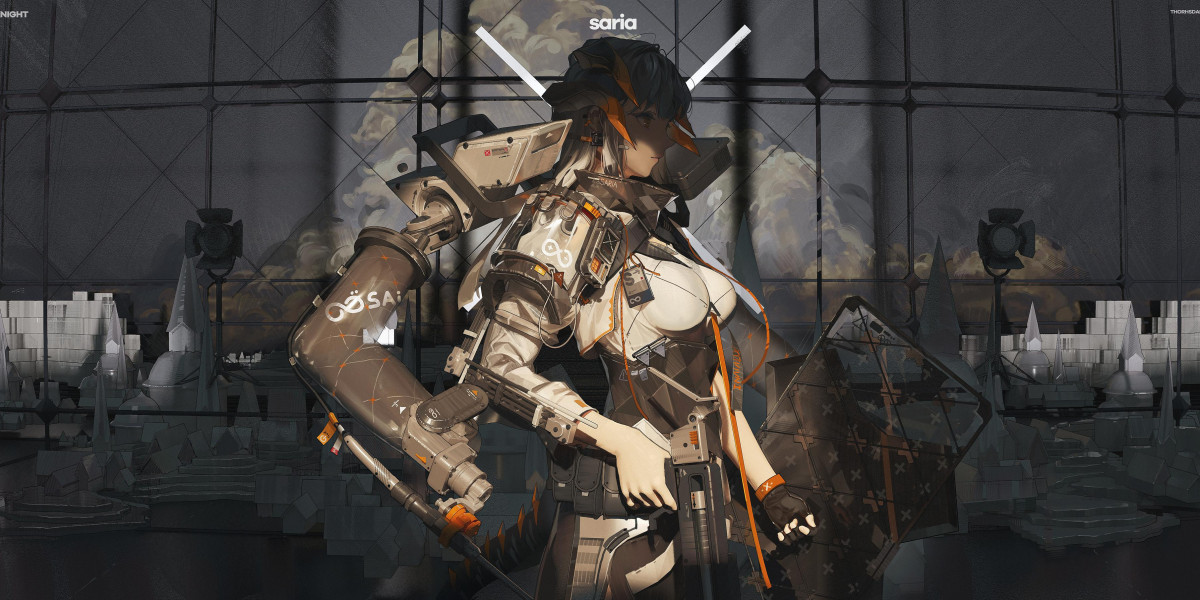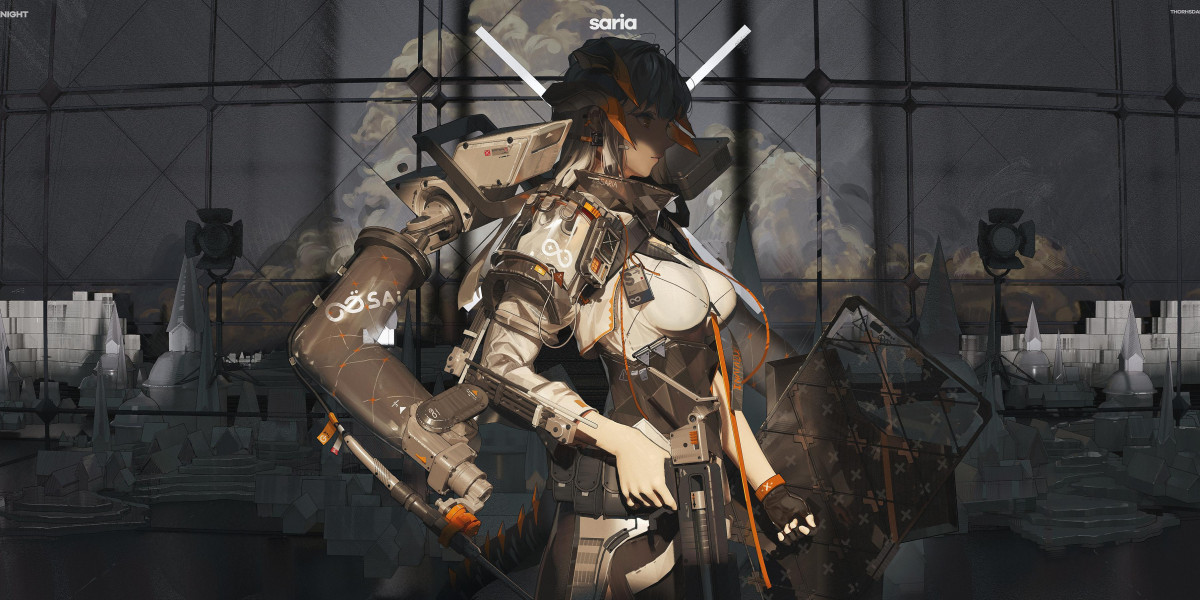Unlock the Secrets: Conquer Common 3D Printing Woes Like a Pro!
3D printing has revolutionized the way we create and innovate, yet even the most passionate enthusiasts encounter hurdles along the way. Understanding common 3D printing issues is crucial for achieving successful prints and enhancing your overall experience. Whether you're a beginner or a seasoned pro, identifying these problems and knowing how to troubleshoot them can make all the difference in your projects. In this article, we will delve into the most frequent challenges faced during 3D printing and offer practical solutions to overcome them. From warping to under-extrusion, we've got you covered with insights that will empower you to print like a pro!
Understanding Common 3D Printing Issues
The world of 3D printing is filled with excitement, but it also comes with its fair share of challenges. Among the most common issues are warping, layer separation, and under-extrusion. Warping occurs when the material cools unevenly, causing the corners of a print to lift from the bed. Layer separation happens when the layers of filament don't adhere properly, leading to structural weaknesses. Under-extrusion is characterized by insufficient filament being deposited, resulting in gaps or weak spots in the print. Each of these problems not only affects the aesthetic quality of your prints but also their structural integrity. For instance, a friend of mine once printed a beautiful vase, only to find it collapsing due to a severe case of layer separation. Understanding these issues is the first step toward effective troubleshooting.
Troubleshooting Warping
Additionally, good adhesion strategies can be beneficial. Warping can cause frustrating issues, so it's essential to keep your bed leveled and clean. Using painter's tape or glue can help enhance adhesion during the printing process, reducing the chance of warping. Consider different types of filament, as some are more prone to warping than others. Using heated enclosures can also minimize fluctuations in temperature, which greatly helps in combating warping.
Addressing Layer Separation
Layer separation can be a significant setback, but understanding its causes can help in effectively addressing it. This issue often arises from incorrect print settings, such as print speed or temperature. If the nozzle temperature is too low, the filament may not flow properly, leading to weak layer bonds. Conversely, if the print speed is too high, the layers may not have enough time to adhere to one another. To troubleshoot, experiment with slightly increasing the nozzle temperature and reducing the print speed. Additionally, ensure that the filament is dry and free from moisture, as damp filaments can lead to poor adhesion. I recall a time when I had to discard a multi-layered print because of layer separation, which prompted me to fine-tune my settings. The changes I implemented not only salvaged future prints but also improved their overall quality.
Resolving Under-Extrusion
Under-extrusion is another common issue that can lead to disappointing results. Signs of under-extrusion include gaps in the print and a weak structure. The primary causes often include clogged nozzles, incorrect filament diameter settings, or insufficient feed rate. To resolve this, start by checking the nozzle for clogs and cleaning it if necessary. Additionally, ensure that your filament settings match the actual diameter of the filament you are using. If the filament is not feeding properly, adjusting the tension on the extruder can provide better results. A colleague of mine faced persistent under-extrusion issues until he realized his filament was slightly thicker than the diameter specified in his printer settings. Once he made the adjustment, his prints dramatically improved.
Other Common Issues
Beyond warping, layer separation, and under-extrusion, there are other common issues that 3D printing enthusiasts may encounter. Stringing, characterized by thin strands of filament connecting separate parts of a print, can often be resolved by adjusting retraction settings. Ghosting, or visible ripples on the print surface, can be diminished by reducing print speed and ensuring a stable printer setup. Inconsistent extrusion can often be improved with regular maintenance of the printer, including cleaning the nozzle and checking filament quality. These quick fixes can save time and material while enhancing the overall quality of your prints.
Key Takeaways for Successful 3D Printing
In conclusion, understanding and addressing common 3D printing issues is essential for achieving successful outcomes. From warping and layer separation to under-extrusion and other challenges, the key to overcoming these obstacles lies in thorough troubleshooting and experimentation. As you apply the techniques discussed in this article, remember that patience and persistence are vital. Each print brings an opportunity to learn and refine your skills. So, don’t hesitate to dive into your next project, equipped with the knowledge to conquer common 3D printing woes like a pro!








